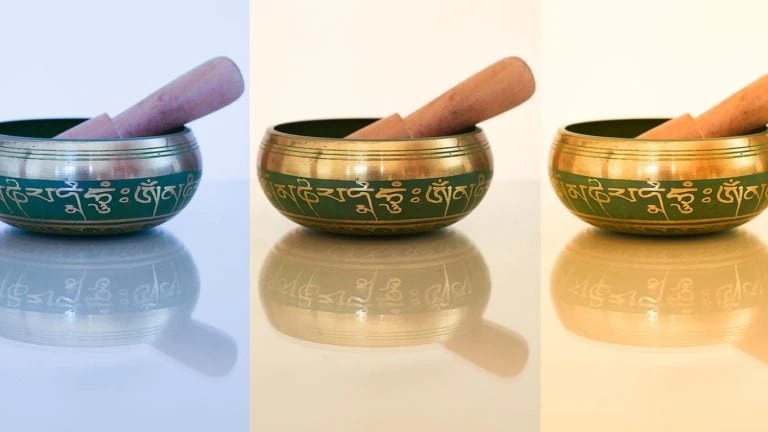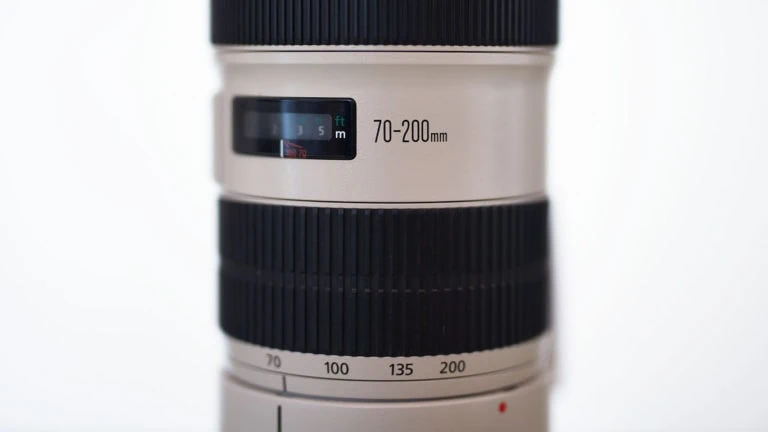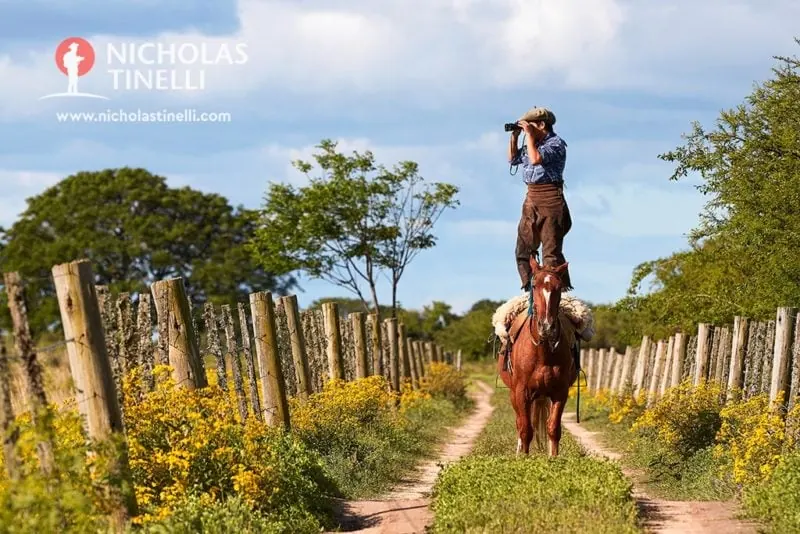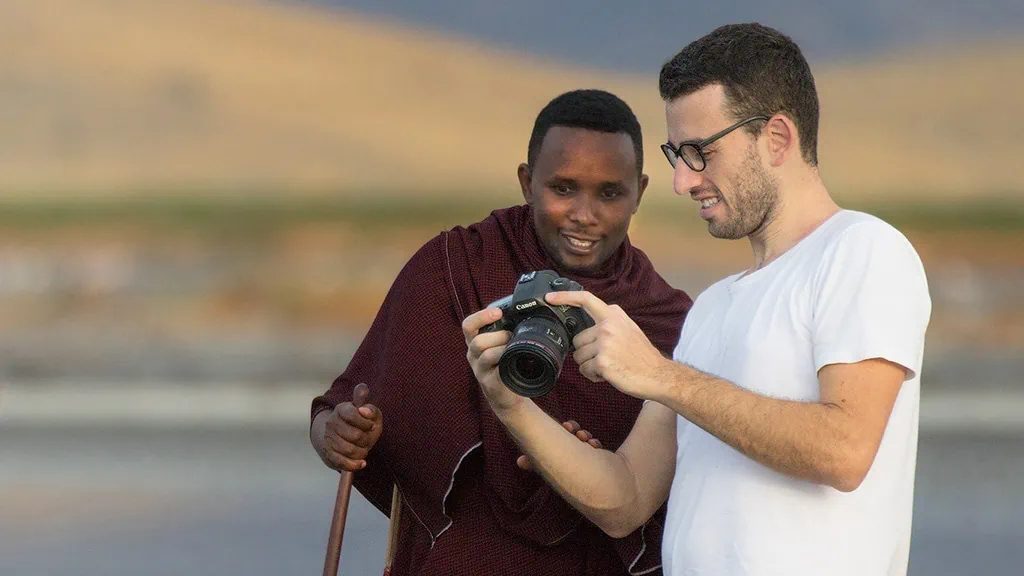For a beginner who enters the world of photography, there is really a lot to learn. Understand the notions behind this discipline is essential.
Here you will find a list of ten photography terms for beginners, a basis for continuing to deepen your knowledge:
1. Exposure
The exposure represents the amount of light entering the sensor. In simple terms: how much light or dark the image will be. It is controlled by three values, shutter speed, aperture, ISO, and measured in “stop” or EV. Getting the right exposure is one of the most difficult learning phases for a beginner.
2. Focal length
The focal length is the distance between the optical center of the lens and the sensor when the subject is in focus. It is measured in millimeters.
There are different kinds of usage depending on the focal length of your lens:
- 10-24 mm, Ultra Wide Angle (architecture, interiors)
- 24-35 mm, Wide Angle (landscapes)
- 35-70 mm, Standard (most of the situations)
- 70-300 mm, Telephoto (portraits, fauna, sports)
- 300-600 mm, Super Telephoto (long-distance subjects, birds)
3. Aperture
This term refers to the opening of a mechanical part of the lens called the diaphragm, which controls the amount of light entering the sensor. It affects the depth of field and is measured in “f-stop”.
A wide aperture (such as 1.2 or 2.8) helps to get more light in, a brighter image and a shorter depth of field. With a closed aperture (like 22) less light will enter, the depth of field will be greater and the image, in general, will be sharper.
4. Depth of field (DoF)
The depth of field is defined as the part of the image that our eyes appreciate as sharp, in focus. With a short depth of field, you can give more importance to a portrait or highlight detail, blurring the background. If you’re photographing a landscape instead, you’ll need more depth of field, because every detail of the image must be sharp.

The depth of field is influenced by three factors:
- Aperture
- Focal length
- The distance between the camera and the subject to be photographed
As described in the previous paragraph, with a wider aperture a shorter depth of field can be obtained, the result is the opposite with a closed aperture. If the focal length is longer, a shorter depth of field is obtained, for example by using a telephoto lens. The distance between the camera and the subject to be photographed is also an element to take in count. The closer we are to the subject, the shorter the depth of field and vice versa.
5. Composition
The composition of an image is one of the most important aspects of photography. It is essential to study and understand the rules of composition, like the “Rule of Thirds“, train the mind and eyes, understand what is better to include or not in a scene to find a balance between the elements. More creative we are, the better the result will be!
6. Shutter speed
The shutter speed determines how long the sensor is exposed to light. The shutter is a mechanical part located inside the camera body, opposite the sensor. In general, we can choose whether to block a movement with a high speed or give a blurred effect at a low speed.
7. ISO

The ISO represents the sensitivity of the sensor. It is one of the 3 factors that affect exposure, along with aperture and shutter speed. The smaller the number, the lower the sensitivity, and more light will be needed to achieve proper exposure. High ISO values produce a side effect called “noise” or “grain” that decreases image quality.
8. White balance

In a correct photo there should be no dominant tones or unrealistic colors, it is always necessary to maintain a balance between them. If we work in AWB (Automatic White Balance) our camera will try to determine the color temperature (measured in Kelvin) of a light source (warm or cold) and as any automatism, it may sometimes be inaccurate. To solve this problem we can manually set one of the options that the camera offers (Direct Sun, Shadow, Cloudy, Flash, Fluorescent, Incandescent, Tungsten, Custom) to achieve a balance, a temperature similar to the scene we are trying to photograph. It is possible to adjust the white balance even later, in post-production.
9. Metering
A light meter (based on an average grey of 18%), built into the camera, measures the light reflected in a scene or part of it trying to detect the amount necessary to achieve a correct exposure of the image. There are several measurement modes: Matrix (or Evaluative), Center-weighted average (or Center-weighted), Spot.
10. Focus
It’s important in every field of photography (artistic should be the only exception) to achieve a correct image, a sharp picture, properly focused. Our camera lets us choose between manual and auto-focus, both useful, depending on the situation.
It is undeniable, when it comes to photography, that there is always a lot to learn. Alongside your practical experience, make sure you spend time studying theories and definitions to really understand what you are doing.









